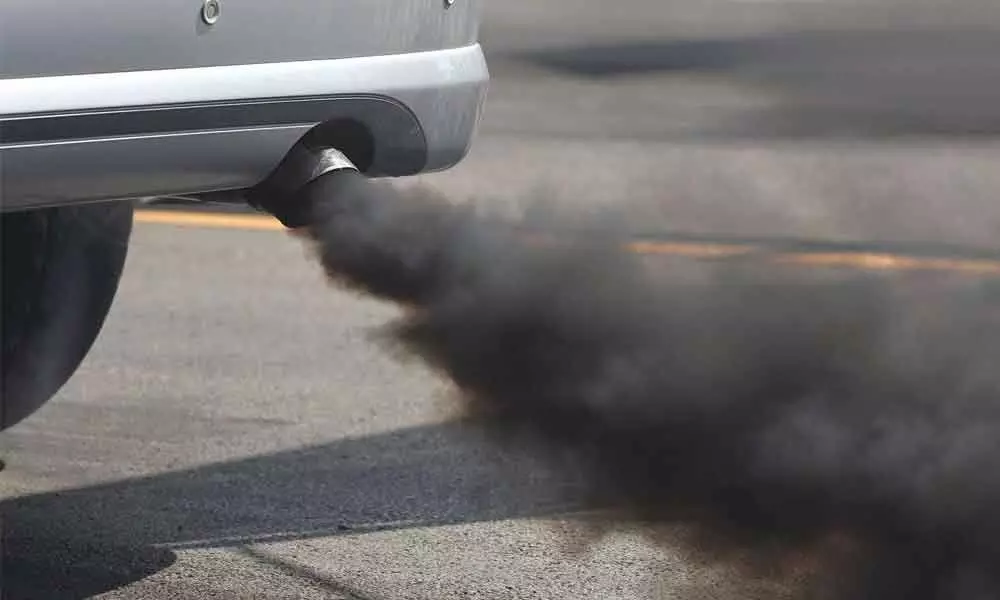Live
- Set ball rolling for selection of beneficiaries: Mantri to babus
- Gold rates in Hyderabad today slashes check the rates on 11 March 2025
- Gold rates in Visakhapatnam today slashes check the rates on 11 March 2025
- Govt ready to pump funds into big ticket irrigation projects: Ministers
- NTR Vikasa job drive tomorrow
- Baldia boss pitches for speedy Prajavani complaint redressal
- Take decisions within stipulated time: Health Minister to officials
- Make This Holi Healthy and Special with California Almonds
- FGG wants CS to pause payment of Income Tax of CM, ministers
- MIT-WPU develops smart IoT-enabled dispenser for better medication management









